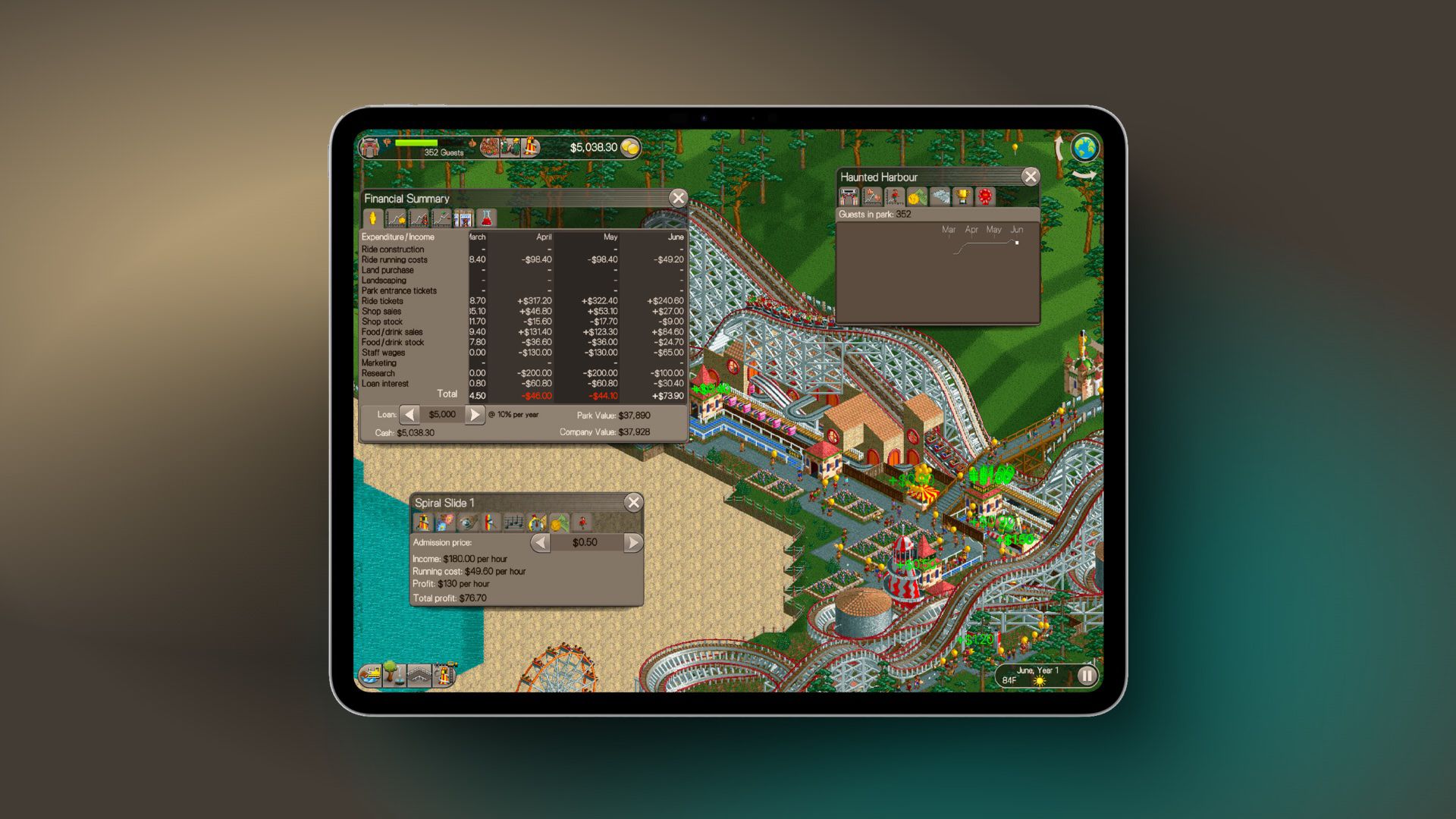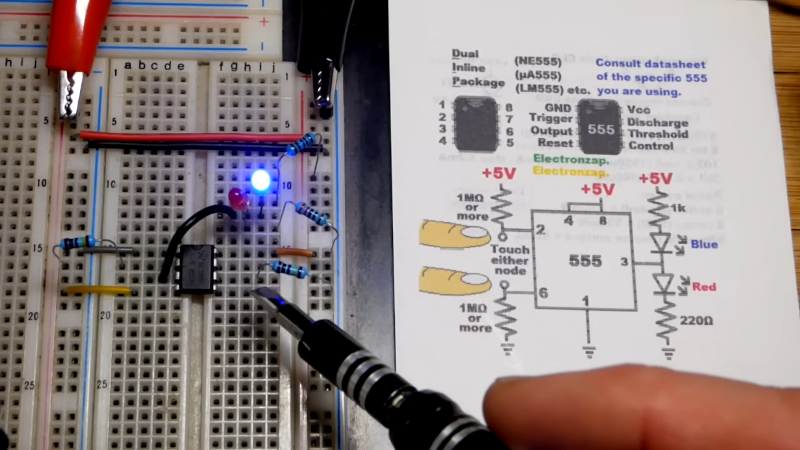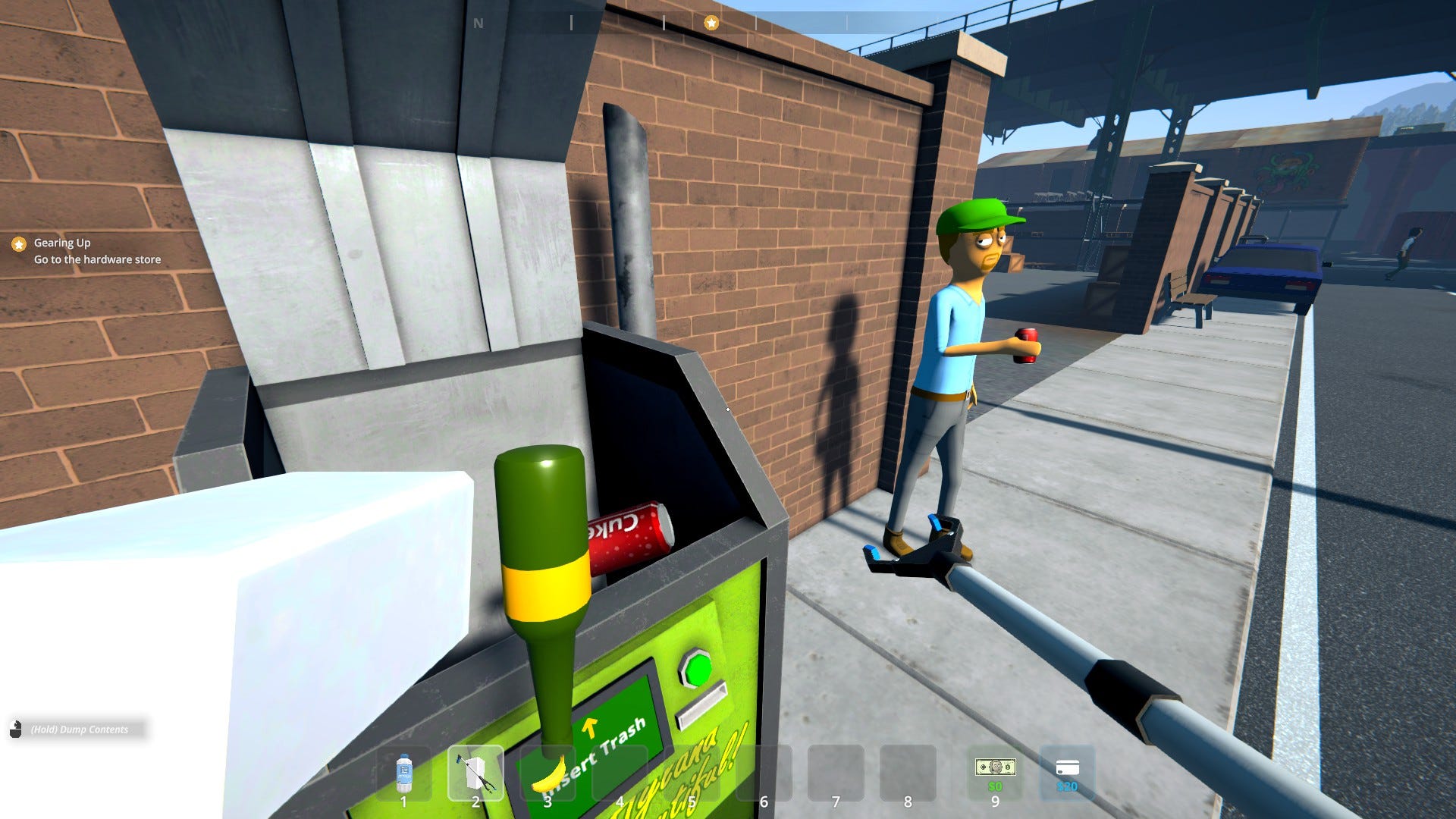Adding delays to our task sequencer, part 1
Not so fast there. The post Adding delays to our task sequencer, part 1 appeared first on The Old New Thing.

Suppose you want to use the task_ class we created a while back (and which we fixed not too long ago), but you also want to implement a rudimentary form of throttling, so that tasks run at a specified maximum rate.
Suppose for concreteness that you want to have a 1-second cooling off period before the next task runs. How would we add this to our task_?
Well, the thing that kicks off the next task is the completer, which calls complete() on the chained task to trigger the start of the next task. All we have to do is delay that completion. For that, we can use fire_and_forget.
struct task_sequencer
{
⟦ ... ⟧
struct completer
{
~completer()
{
complete_later(std::move(chain));
}
std::shared_ptr chain;
static fire_and_forget complete_later(
std::shared_ptr chain)
{
co_await winrt::resume_after(1s);
chain->complete();
}
};
⟦ ... ⟧
};
Instead of calling chain-> immediately from the destructor, we kick off a coroutine that calls it after waiting one second.
This coroutine is simple enough you might find it easier to inline it, so that all the logic is in one place.
struct task_sequencer
{
⟦ ... ⟧
struct completer
{
~completer()
{
[](auto chain) -> winrt::fire_and_forget {
co_await winrt::resume_after(1s);
chain->complete();
}(std::move(chain));
}
std::shared_ptr chain;
};
⟦ ... ⟧
};
Maybe instead of waiting one second between the completion of one operation and the start of the next, you want to wait one second between the start of one operation and the start of the next. We’ll look at that next time.
The post Adding delays to our task sequencer, part 1 appeared first on The Old New Thing.





























































![Apple Releases macOS Sequoia 15.5 Beta to Developers [Download]](https://www.iclarified.com/images/news/96915/96915/96915-640.jpg)
![Amazon Makes Last-Minute Bid for TikTok [Report]](https://www.iclarified.com/images/news/96917/96917/96917-640.jpg)
![Apple Releases iOS 18.5 Beta and iPadOS 18.5 Beta [Download]](https://www.iclarified.com/images/news/96907/96907/96907-640.jpg)














































































































.jpg?#)












































































![[The AI Show Episode 142]: ChatGPT’s New Image Generator, Studio Ghibli Craze and Backlash, Gemini 2.5, OpenAI Academy, 4o Updates, Vibe Marketing & xAI Acquires X](https://www.marketingaiinstitute.com/hubfs/ep%20142%20cover.png)
















































































































![Is this a suitable approach to architect a flutter app? [closed]](https://i.sstatic.net/4hMHGb1L.png)




















![[DEALS] Microsoft Office Professional 2021 for Windows: Lifetime License (75% off) & Other Deals Up To 98% Off – Offers End Soon!](https://www.javacodegeeks.com/wp-content/uploads/2012/12/jcg-logo.jpg)


























-Nintendo-Switch-2-–-Overview-trailer-00-00-32-(1)_HCqcxO1.png?width=1920&height=1920&fit=bounds&quality=80&format=jpg&auto=webp#)






























































